The Forth Bridge: A masterpiece that's 1.5 miles long, 360ft high, made of 54,000 tonnes of steel and all set on granite piers sunk 90ft deep
The Forth Bridge, designed by Sir Benjamin Baker and Sir John Fowler, is one of the great masterpieces of Victorian engineering. Jack Watkins tells its story.
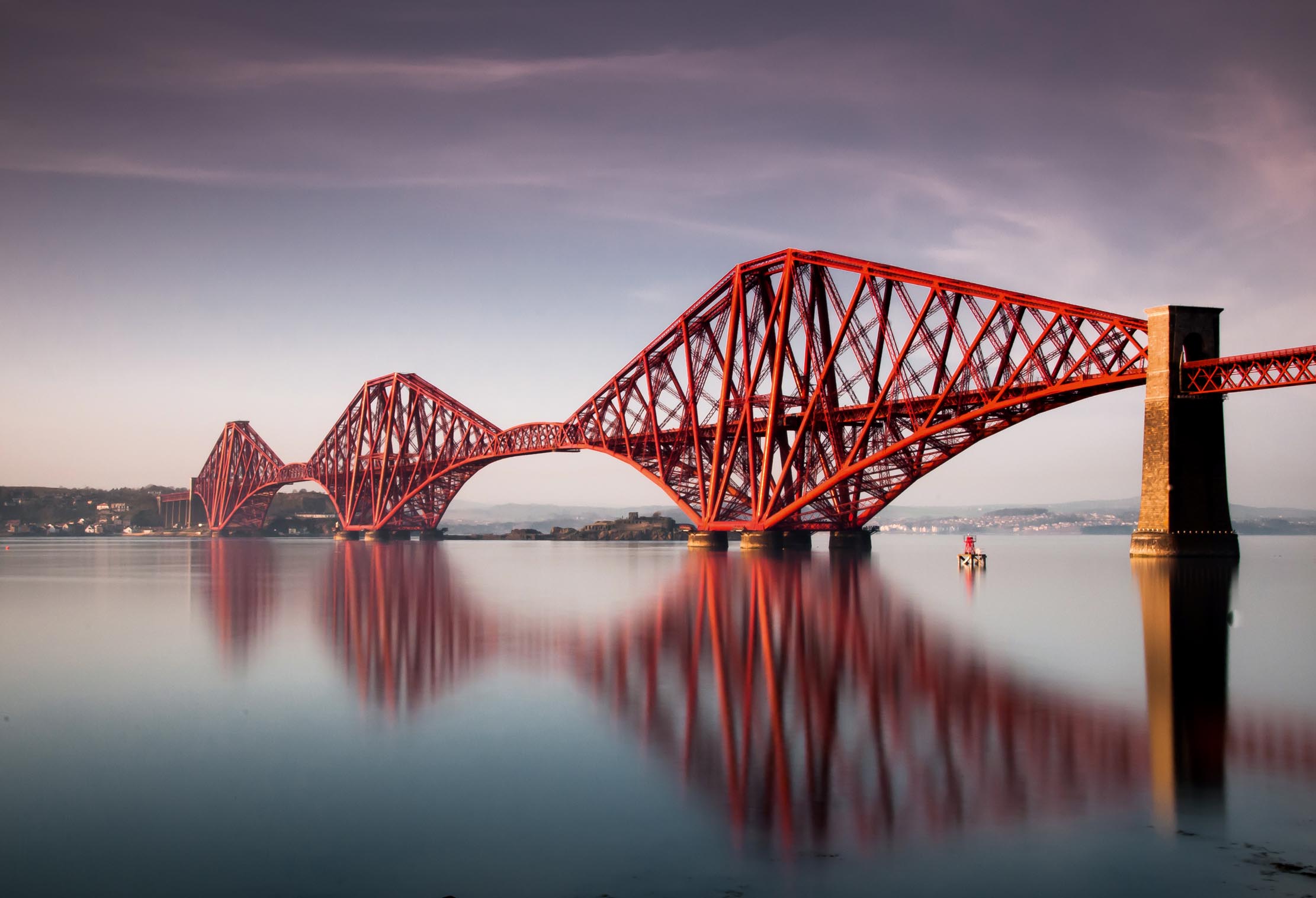

The phrase ‘like painting the Forth Bridge’ has become such a commonplace term that it has effectively lost its connection to the magnificent structure that inspired it. When the bridge across the Firth of Forth was opened in 1890 by Edward, Prince of Wales, he declared that it ‘marked the triumph of science and engineering skill over obstacles of no ordinary kind’.
Britain’s first major steel construction, at 1½ miles in length, it was also the world’s longest single-span cantilever bridge, a record it held until the building of the Quebec Bridge in 1917. An emblem of Scottish pride, it has been commended for combining a forthright, unadorned display of its structural elements with a pleasingly elegant outline.
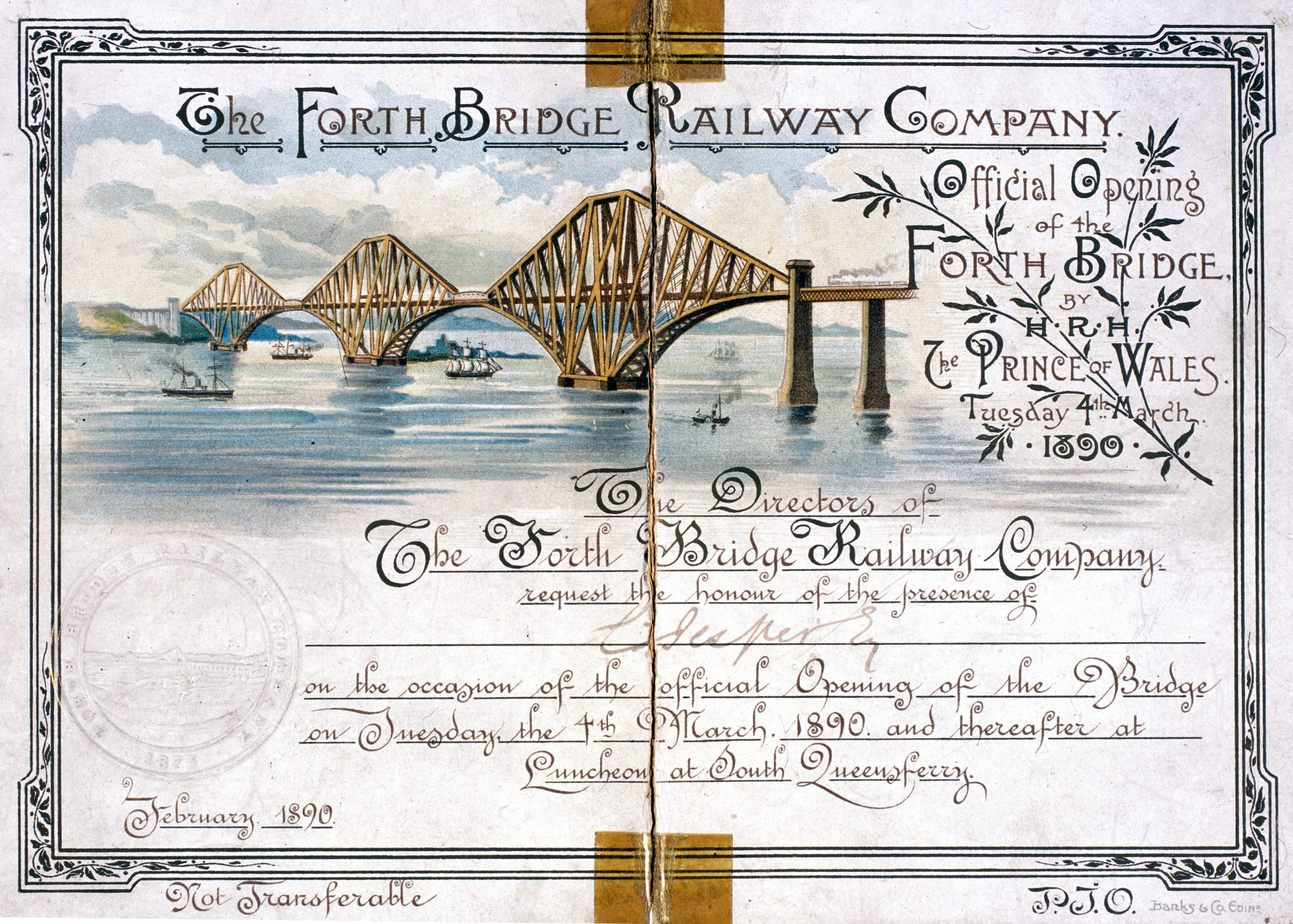
Certainly, viewed from a distance, the Forth Bridge looks as if it is gracefully skipping across the estuary. Yet it is also beast-like in its strength, a necessary requirement to withstand both load pressures and the East Coast’s high winds, which had been instrumental in the Tay Bridge disaster of 1879.
Ferries had been used to cross the Forth for centuries, but it was only with the advancement in manufacturing and engineering standards in the 19th century that a bridge became a possibility. The demand for a continuous rail link along the coast had seen railway engineer Thomas Bouch commissioned to construct bridges across both the Tay and the Forth.
The Tay Bridge opened in 1878, but, during a heavy winter storm the following year, a portion of it collapsed at the moment a train was crossing it, with at least 60 people on board perishing. Inadequate bracing of the pier ironwork was found to be one of the causes and Bouch’s work on a suspension bridge for the Forth was abandoned.
It was at this point that the London-based partnership of Sir John Fowler and Benjamin Baker presented their idea for a cantilever bridge. Baker had written a book, Long-Span Railway Bridges, in 1867. He argued that cantilever bridges, built using steel, still in its infancy as a construction material, instead of iron, were the strongest and simplest to design and construct.
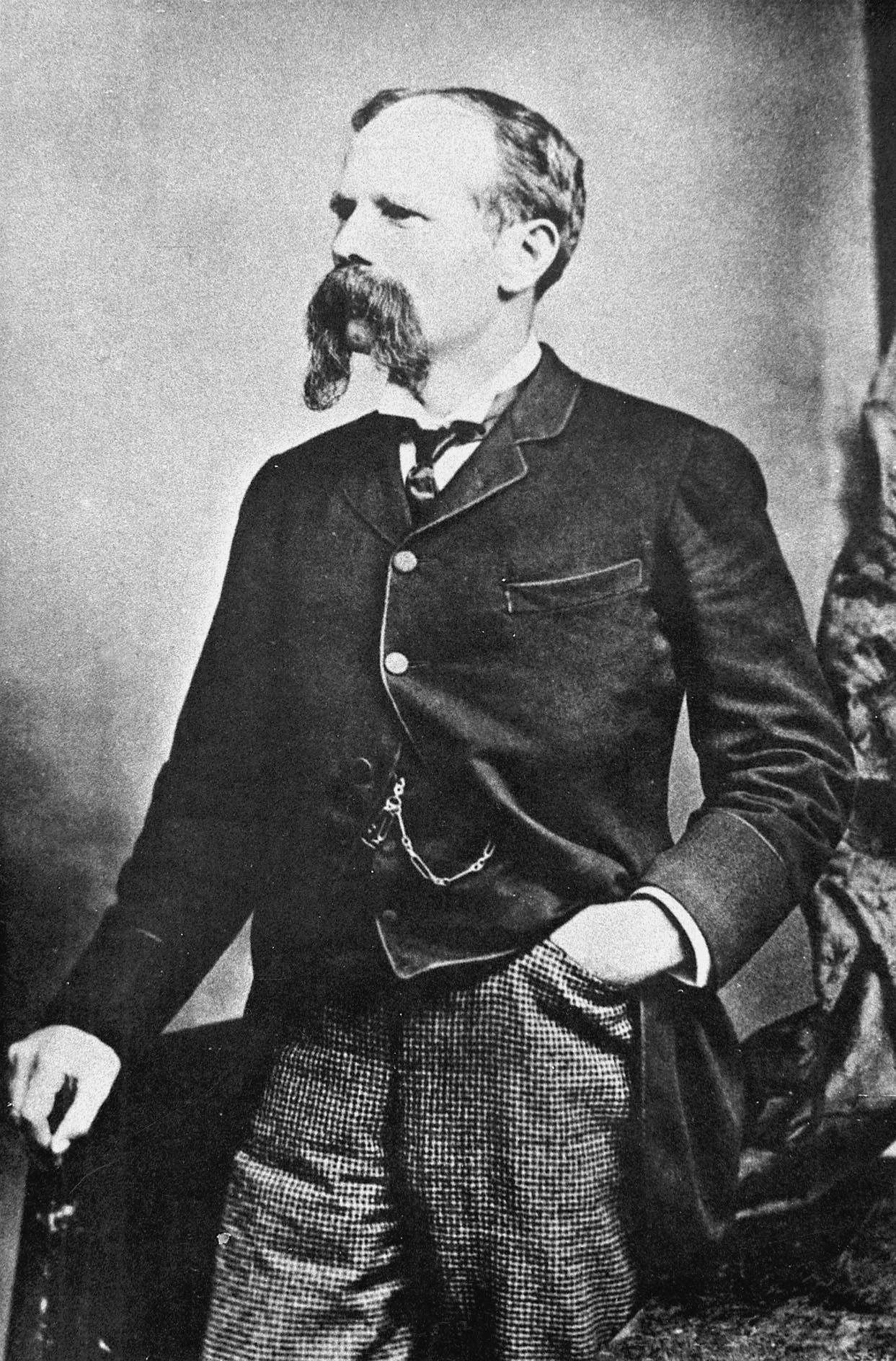
With Baker meticulously scrutinising almost every aspect of its creation, the Forth Bridge project was the first to make major use of the scientific testing of wind loads, and the effects of weathering on its components. Above the granite-pier foundations, sunk 90ft into the riverbed, the superstructure was formed of three 360ft-high, double-cantilever towers, with cantilevered arms to each side. The entire structure was given further bracing by intricate lattice girders and struts.
Exquisite houses, the beauty of Nature, and how to get the most from your life, straight to your inbox.
Although the bridge was over-engineered to give travellers confidence in its safety after the tragedy of the Tay Bridge, there was, unfortunately, a human cost. Boats were at hand in the Forth to rescue workmen, but, often required to climb great heights in hazardous weather conditions, many fell to their deaths or were crushed. At the project’s peak, 4,600 workers were employed; although the official tally for fatalities was 57, it is believed that the real figure was higher. Many more workers were seriously injured.
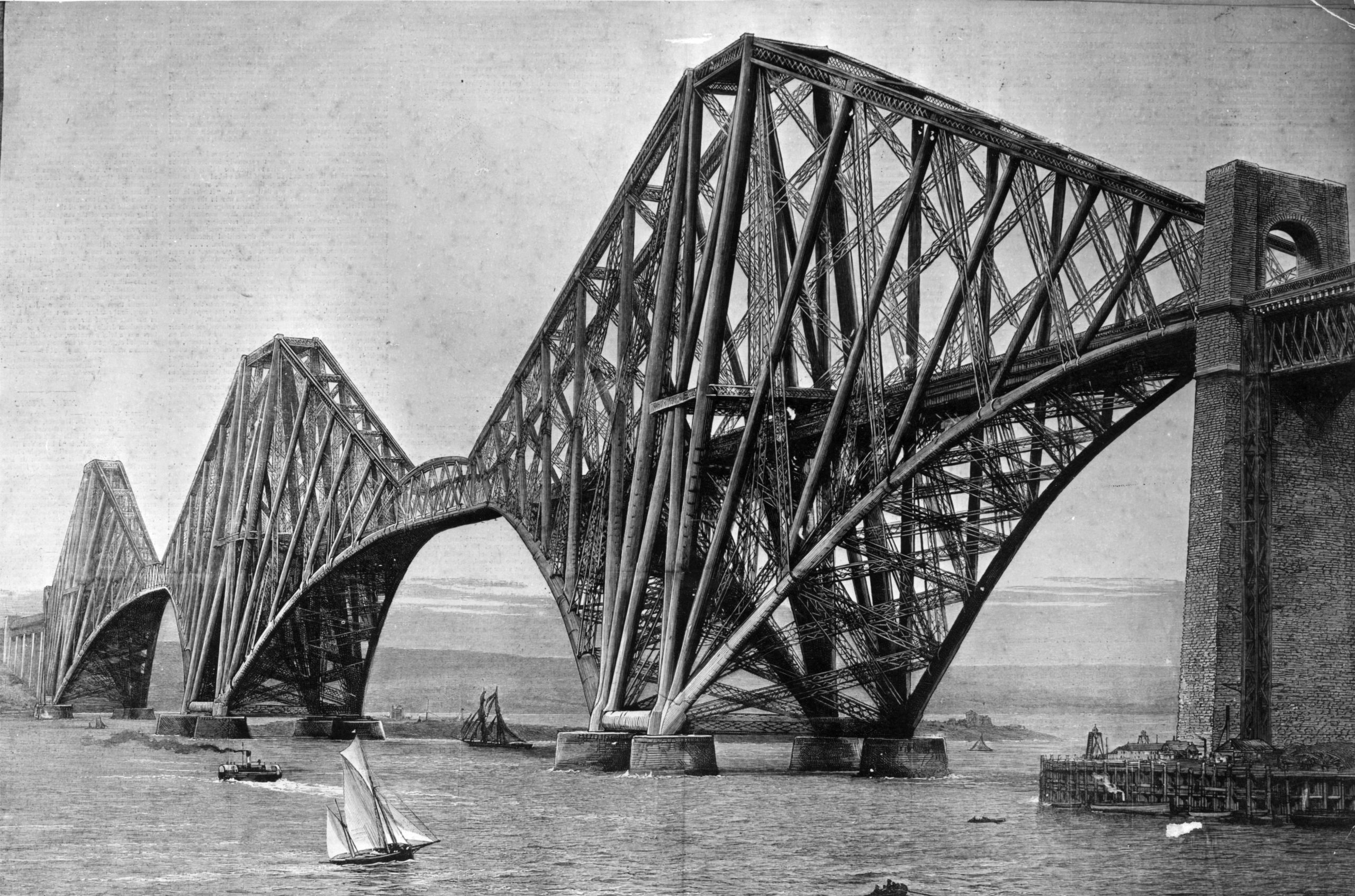
Even so, the Forth Bridge quickly became a tourist attraction, despite its near continual maintenance requirements. Its exposed location necessitated regular repainting, although, in 2011, after an extensive repaint, Network Rail announced it would not need another one for 20 years.
Remarkably, the Forth Bridge still carries 200 trains a day and remains essentially unchanged from 1890. Some now refer to it as the Forth Rail Bridge, after it was joined by the Forth Road Bridge, which opened in 1964, and the Queensferry Crossing, in 2017.
These are two remarkable feats of engineering in their own right, but it’s the old red bridge that is reckoned to be the masterpiece —and so much so that in 2015, UNESCO added it to its list of World Heritage Sites: 'No steel cantilever bridge has ever matched the perfect balance of structural elegance and quality of design represented by this bridge,' UNESCO said in the citation.
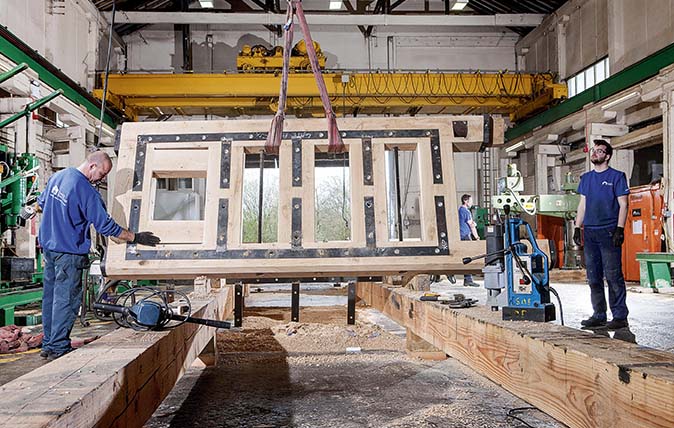
Credit: Richard Cannon
The lock-gate maker: ‘Maintaining them can be a bit like painting the Forth Bridge’
Tessa Waugh meets Steve Brunt, a workshop supervisor for the Canal and River Trust, which is dedicated to protecting and

Credit: tim gartside / Alamy Stock Photo
The best places to live near Edinburgh – and what you could get for your money
Looking for the perfect spot from which to enjoy the country life while working in Edinburgh? Eleanor Doughty picks out
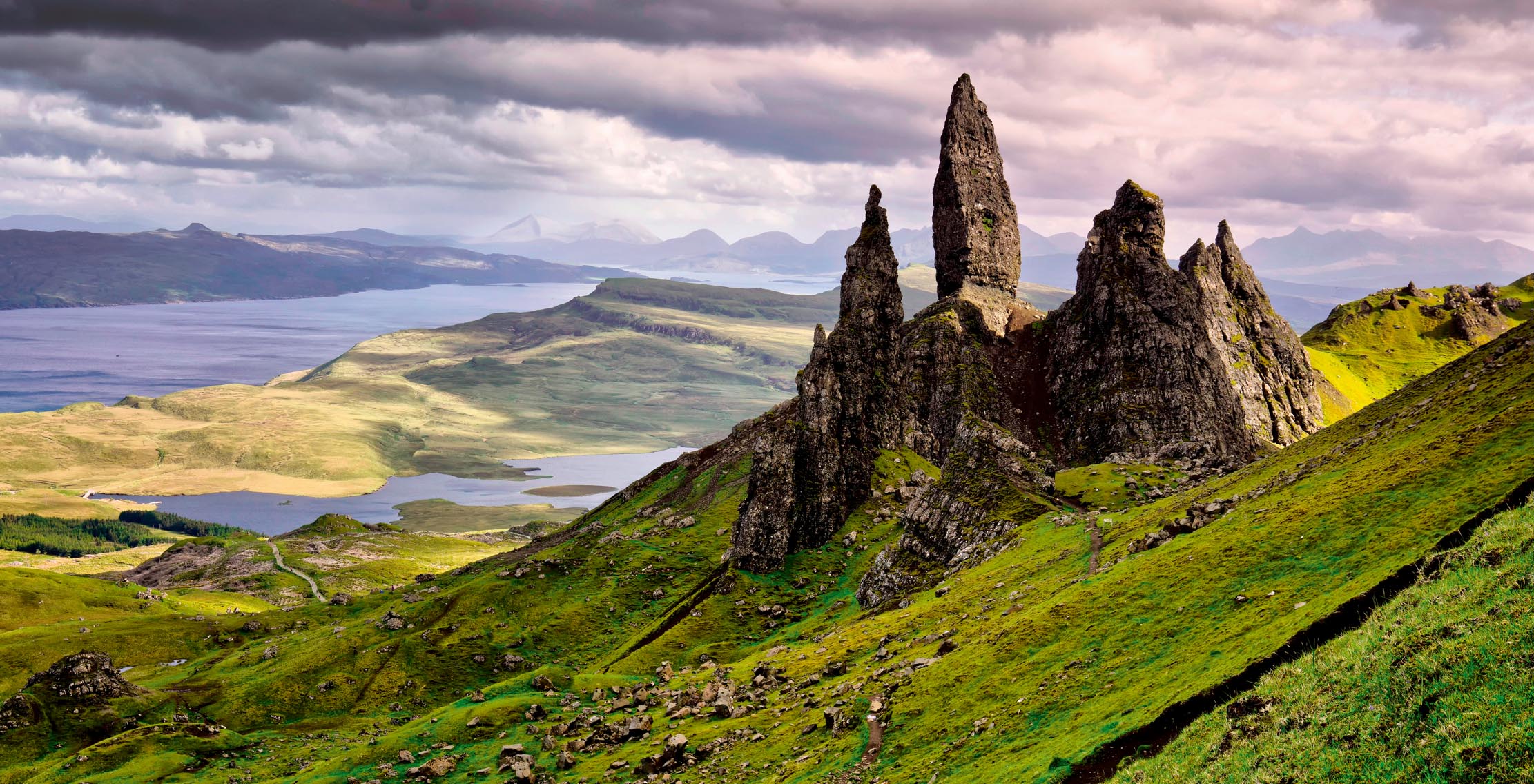
Scotland on film, from Harry Potter and Trainspotting, to its surprise stand-in role as London, New York and San Francisco
The brooding horizons, misty glens and dramatic castles of Scotland make it a mecca for film crews shooting anything from
Jack Watkins has written on conservation and Nature for The Independent, The Guardian and The Daily Telegraph. He also writes about lost London, history, ghosts — and on early rock 'n' roll, soul and the neglected art of crooning for various music magazines
